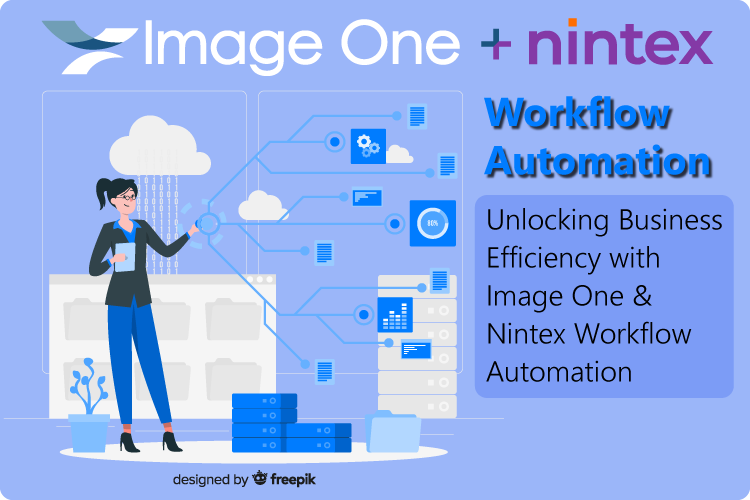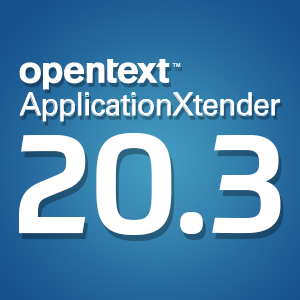Automating back-end processes helps banks save
Monday, December 1, 2014While some banks have begun to offer customers paperless services, business process automation on the back-end is slow to catch on.
While mobile payments and content management services that allow consumers to bank online are growing more popular, behind-the-scenes processes are often still paper-based, management consulting firm McKinsey & Company explained. The high-rate of manual processes on the back-end can be time consuming and error prone.
Saving time and money with business process automation
Some banks are beginning to catch on to the advantages digitizing can provide, the consulting company noted. One large firm recently split its processes into three categories, "fully automated, partially automated, and 'lean' manual." The firm found that about 85 percent of its operations could be at least partially automated. When the bank started the review, fewer than 50 percent of its processes were automated.
Banks experimenting with business process automation via the elimination of manual operations have found that the transition is easier than it first appears, according to McKinsey & Company. Banks that have begun looking at speeding up their back-end operations have found that transitions that used to take a year or more can now be achieved in 6 months with half the investment. Another bank that reviewed its account-switching process found a number of issues with its manual practices.
The bank found that 70 percent of the account-switching applications it examined were paper-based. It determined that of those applications, between 30 percent and 40 percent contained errors and would require revisions. Additionally, the firm found that documents would often get stuck in the data-verification phase of the process for more than five days.
Many businesses are taking advantage of conversion services in order to ensure operations are made more efficient, Business News Daily explained. Documents are easy to access, simple to revise and take up no space at all when they are digitized.
"Information is literally at your fingertips," John Bustrum, CEO and founder of My403bCoach.com, told the publication. "I no longer stockpile files on my desk, and if a client calls into the office, the information is easily accessible."
The bank that reviewed account-switching applications found that when the process was digitized, the firm was able to save a significant amount of time, McKinsey & Company noted. The time that staff spend handling applications on the back-end dropped by 70 percent. In addition, the transition generated a return on investment of 75 percent in a mere 15 months. When information is made easier to handle through digitization, banks can expect to save both time and money.
Brought to you by Image One Corporation providing complete information governance since 1994.




